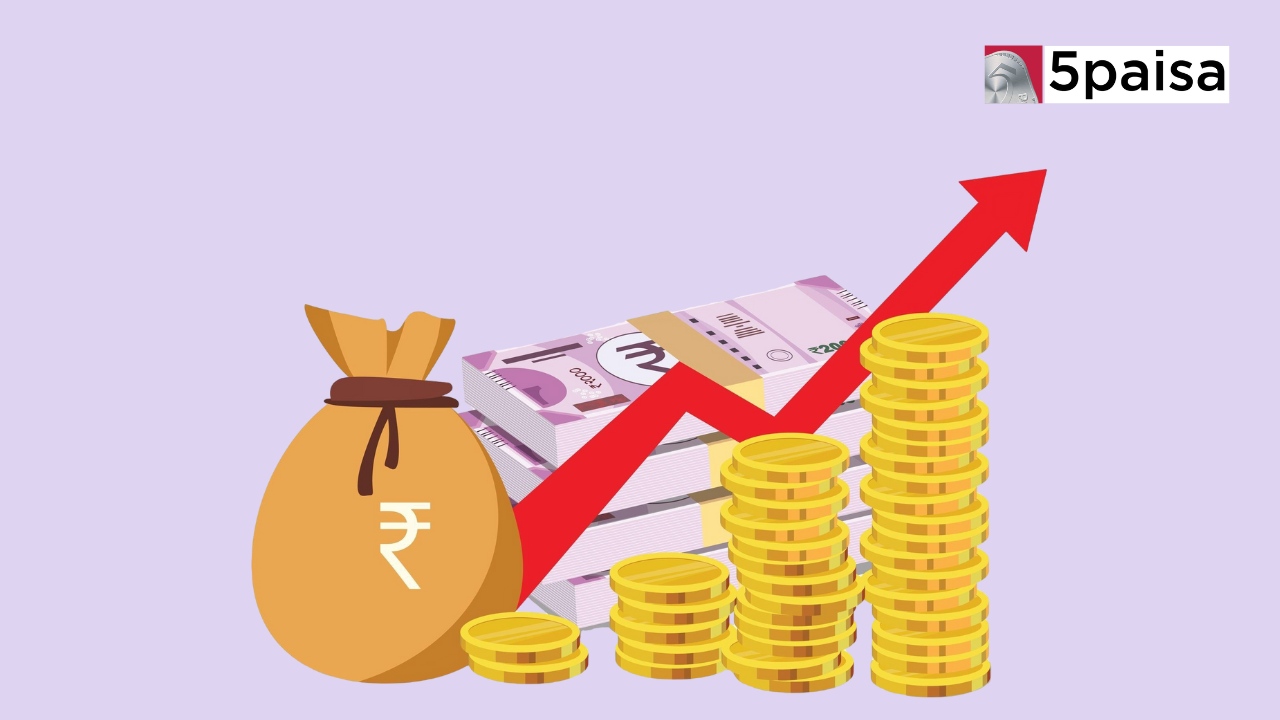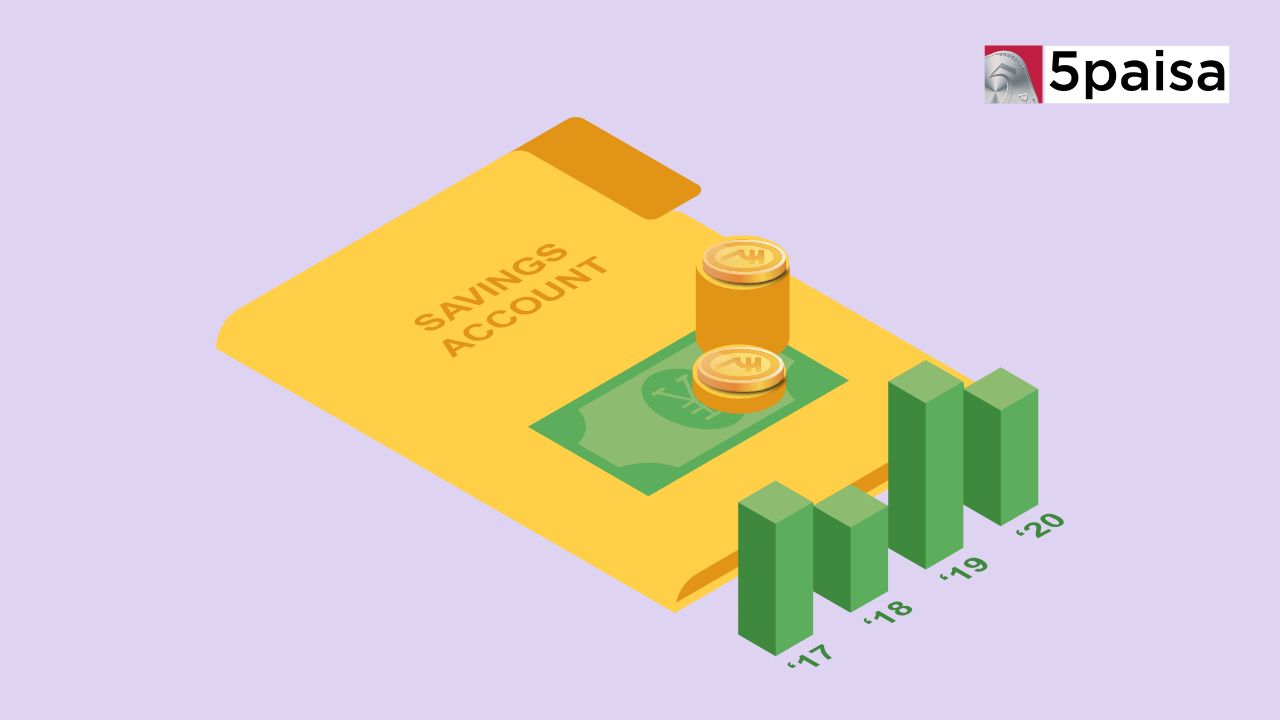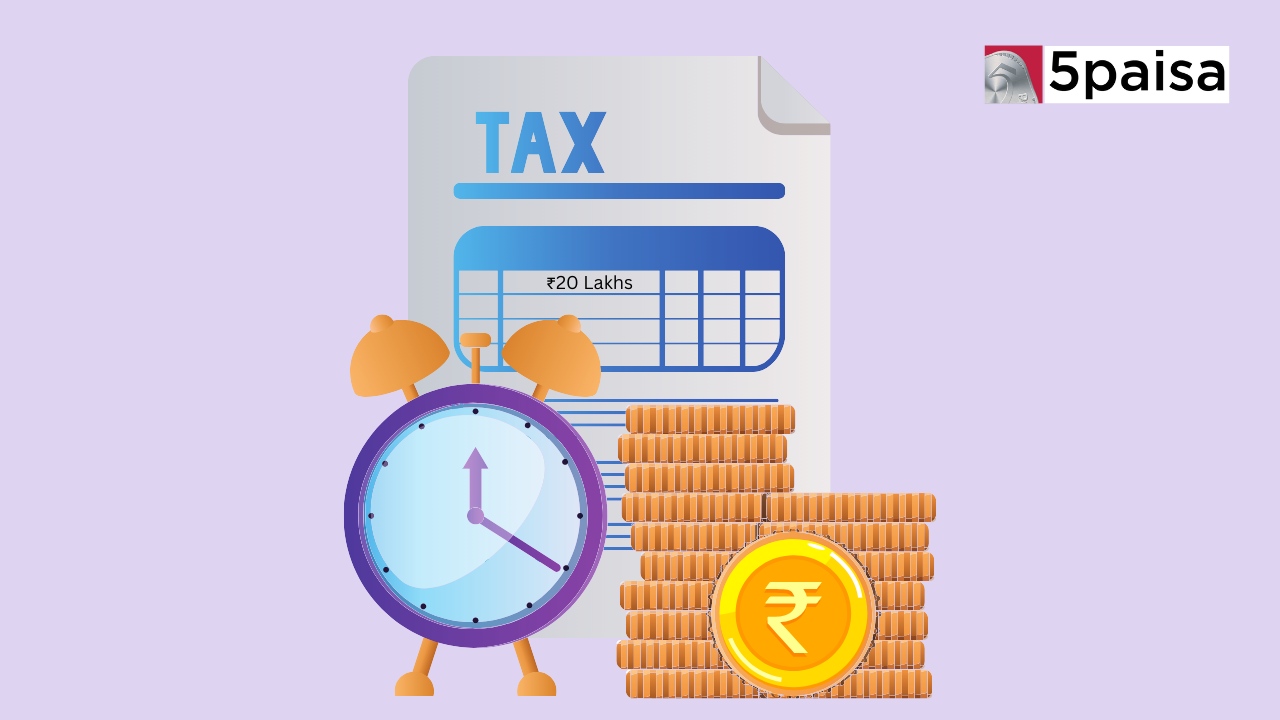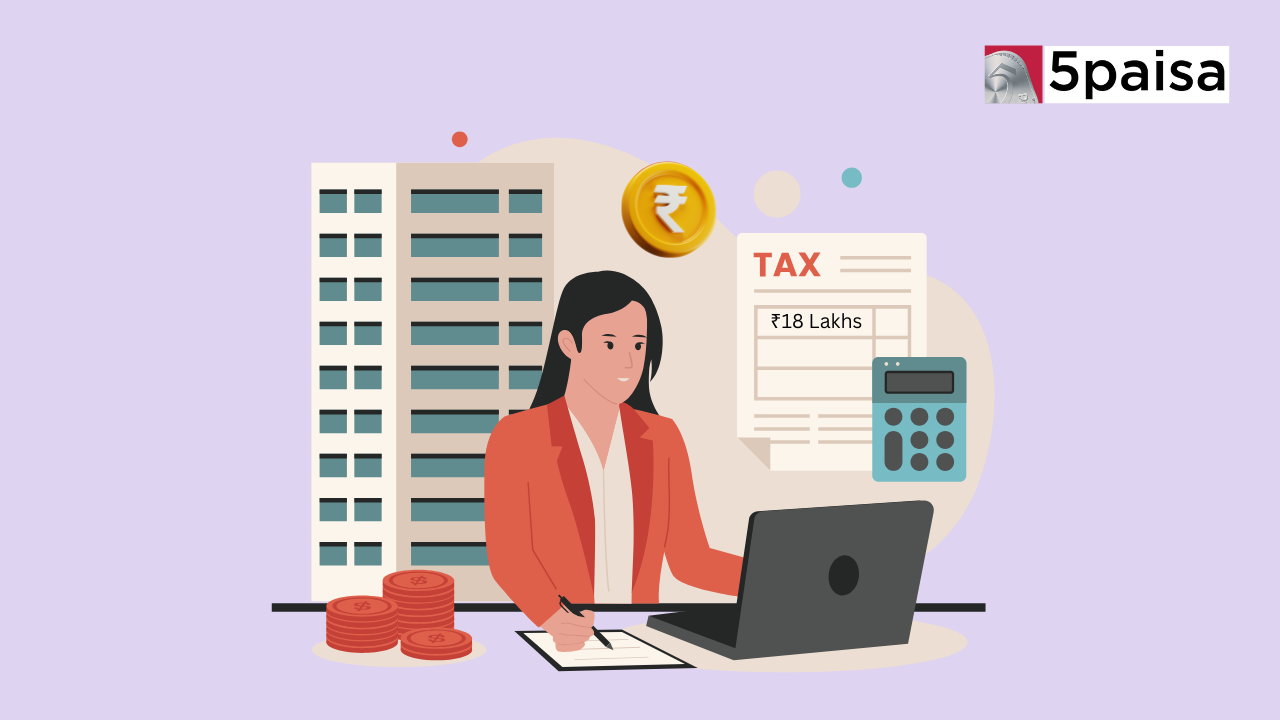How to Rollover Futures in India

Last Updated: 24th May 2024 - 04:33 pm
Rolling over a futures contract involves transitioning from an expiring contract to a new one with a different expiration date. This process is essential for traders who wish to maintain their positions without taking physical delivery of the underlying asset.
What Is Rollover In Futures Trading?
Rollover in futures trading refers to closing out a position in a near-month futures contract and simultaneously opening a similar position in a contract with a later expiration date. This process allows traders to continue their trades without interruption, as futures contracts have predetermined expiration dates. As the name suggests, the trader "rolls over" their position from one contract to another.
How Rollover In Futures Works?
In India, futures contracts typically expire on the last Thursday of each month. If that day happens to be a holiday, the expiration occurs on the preceding Wednesday. The rollover process begins approximately one week before the expiration date and can be completed until the close of trading on the expiry day. Traders initiate the rollover process through their trading terminal, where a spread window allows them to specify the spread at which they wish to roll over their position to the next month's contract.
Suppose you are a trader who has bought a Nifty 50 futures contract expiring in May. As the May contract nears its expiration date, you anticipate that the Nifty 50 index will continue to rise in the coming months, so you want to maintain your long position.
Step-by-Step Rollover Process
● Close the Existing Position
○ Before the May contract expires, you need to close your existing position. Let's say the Nifty 50 index is currently at 22,500, and you have one May futures contract.
○ You sell one Nifty May futures contract to close your position. This offsets your existing long position.
● Open a New Position
○ Next, you will open a new position in next month's contract, the June futures contract.
○ You buy one Nifty June futures contract. Suppose the June futures contract is trading at 23,000.
● Rollover Cost
○ The rollover cost is the difference between the price at which you sold the May contract (22,500) and the price at which you bought the June contract (23,000).
○ In this case, the rollover cost is 500 points.
● Impact of the Rollover
○ By rolling over, you have effectively extended your position to the next month without having to take delivery of the underlying asset.
○ You can now benefit from any further rise in the Nifty 50 index in June.
Let's assume the May contract expires on the last Thursday of May, and you decide to roll over your position on the preceding Friday.
On Friday, you sell your Nifty May futures contract at 22,500 and buy the Nifty June futures contract at 23,000.
You have successfully rolled over your position, maintaining your exposure to the Nifty 50 index for another month.
Different Types of Rollover In Futures
● Calendar Rollover: This rollover type is based on the contract's expiration date. A trader with a long position in a March 2024 futures contract may roll over their position to a June 2024 contract a few days before the March contract expires.
● Contingent Rollover: In this case, the rollover is triggered by a predetermined event or market condition, such as a price movement against the trader's position or reaching a specific price target.
● Simultaneous Rollover: This involves closing out the expiring futures contract and opening a new contract with a later expiration date in a single transaction, typically to avoid potential price gaps between the two contracts.
● Ratio Spread Rollover: In this strategy, a trader takes a position by considering a specific ratio between two futures contracts, such as selling two contracts and buying one, to manage risk and return.
● Roll and Hold Strategy: This strategy involves continuously rolling over the near-expiry futures contract and purchasing the far-expiry contract when the underlying asset shows a bullish trend.
Benefits Of Rollover In Futures
● Continuous Trading: Rollovers enable traders to maintain their positions on the underlying asset without needing physical delivery, providing continuity in trading.
● Risk Management: Rollovers can help traders manage risk by adjusting their positions based on changes in market conditions. This can help them avoid losses from sudden price drops or lock-in profits.
● Flexibility in Trading Strategies: Rollovers allow traders to be flexible in their trading strategies by adjusting their positions based on their market outlook and risk appetite.
Step-By-Step Guide For Rollover Of Futures Contracts
● Review the Current Contract Details: Review your current futures contract details, such as the underlying asset, lot size, and expiry date.
● Identify the Next Contract Month: Find another futures contract for the same underlying asset that matches your desired expiry date and contract size.
● Evaluate Market Conditions and Trends: Analyse market conditions and trends to determine if the underlying asset's price is likely to rise or fall in the future.
● Calculate Rollover Cost and Adjustments: Calculate the rollover cost (typically provided by the stock exchange) and other adjustments, such as brokerage fees and transaction costs.
● Place Rollover Orders: Place rollover orders during the rollover period, generally one week before expiration. The settlement occurs on the last Thursday of the month during trading hours.
● Monitor and Manage Rollover Positions: Continuously monitor the underlying asset's price and take necessary actions if your price expectations are unmet. Consider rolling over your positions further if needed.
Factors To Consider Before A Rollover
● Expiration Date: Ensure that the expiry date of the new futures contract aligns with your price analysis of the underlying asset.
● Market Liquidity & Open Interest: Assess market liquidity to determine if futures are relatively easy to sell and consider the open interest, which indicates the number of outstanding futures contracts available in the market.
● Cost of Carry: The cost of carry weighs on holding futures until expiry and may indicate bullishness in the underlying asset market.
● Trading Strategy: Determine whether you are risk-averse or a risk-taker, as this will influence your approach to handling price volatility in the asset.
● Margin Requirements: When rolling over futures contracts, be prepared to maintain the required margin with your broker for a longer period.
Conclusion
Rolling over futures contracts is crucial for traders who wish to continue their positions without interruption or physical delivery of the underlying asset. By understanding the mechanics, types, benefits, and considerations involved in rollovers, traders can make informed decisions and effectively manage their futures trading strategies.
- Flat ₹20 Brokerage
- Next-gen Trading
- Advance Charting
- Actionable Ideas
Trending on 5paisa
Personal Finance Related Articles
Disclaimer: Investment in securities market are subject to market risks, read all the related documents carefully before investing. For detailed disclaimer please Click here.
 5paisa Research Team
5paisa Research Team
 Sachin Gupta
Sachin Gupta




